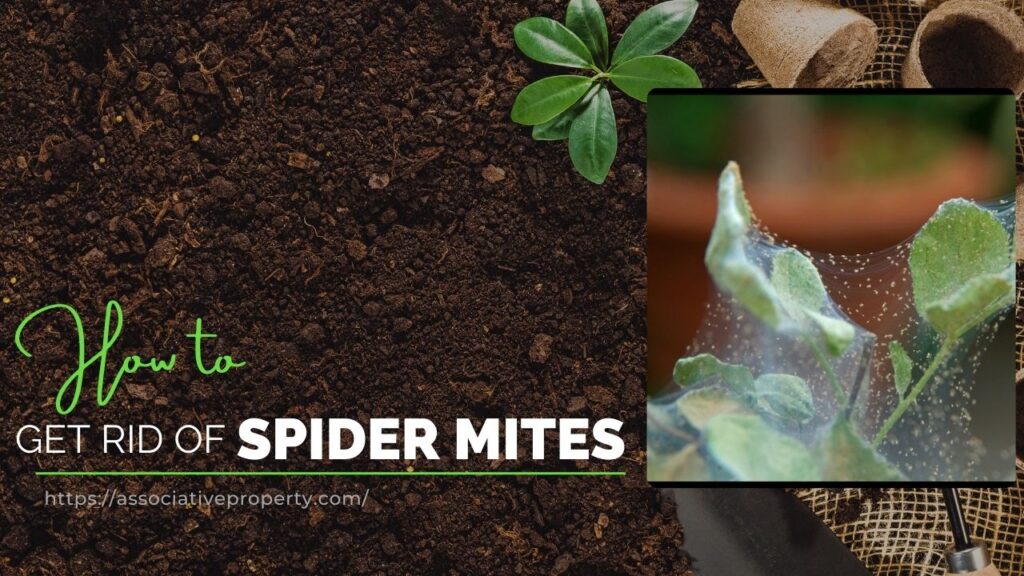Green Onions are growing here, there, and in every possible spot I could find in my garden. There are a few simple reasons for this.
First of all, I absolutely love green onions. I eat them at every opportunity. Second, they’re extremely easy to grow, even for beginners. In fact, green onions have this incredible ability to regrow themselves. It’s truly fascinating how they bounce back from just the cut ends of a bunch you get at the grocery store.
All you need is a jar and some fresh water to get started. Let me walk you through how I do it and what you can do after they sprout.
Also Read: How I Grew a Ton of Onions: A Complete Guide from Start to Finish

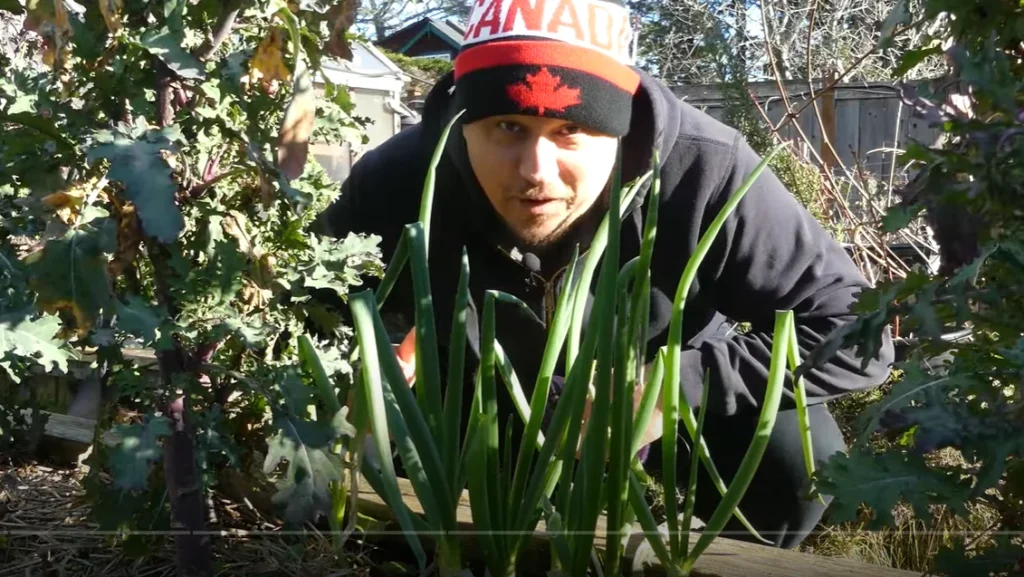
What Are Green Onions?
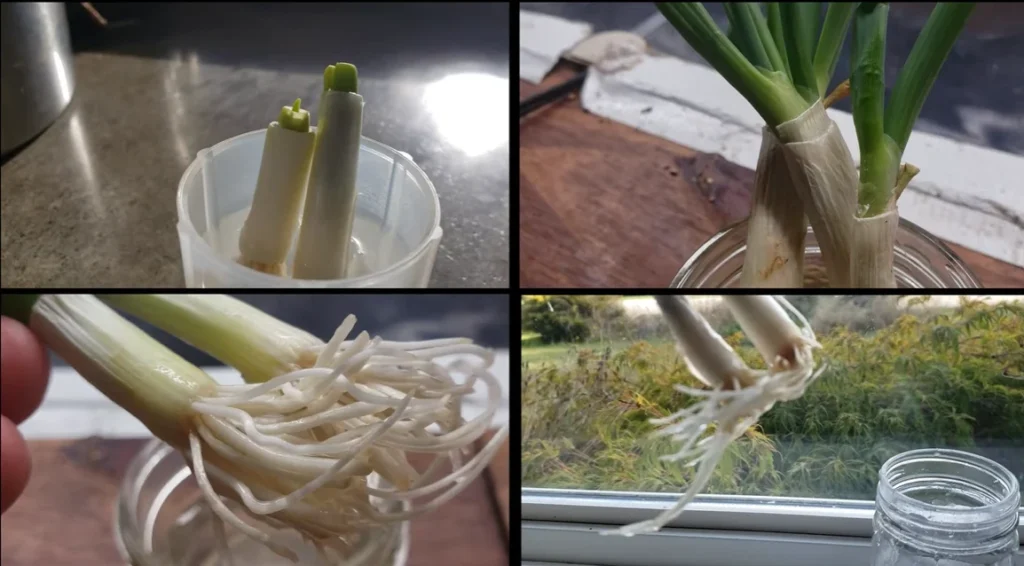
Green onions, also known as scallions, belong to the allium family. This is the same plant family that includes:
- Onions
- Garlic
- Chives
- Leeks
Unlike other alliums, green onions don’t develop a large bulb. Instead, they grow long, hollow, green leaves that are delicious both raw and cooked. Since I grow them mainly for the leaves, they’re much easier to manage. I can just harvest the leaves repeatedly without worrying about the plant’s full life cycle.
Even in my temperate garden that gets heavy snow, these hardy plants return year after year with almost no help from me.
But what I really want to share today is how to take a few leftover stems and turn them into a never-ending supply of fresh green onions.
The Step-by-Step Regrowing Process
It’s surprisingly simple. Here’s what I do.
Step 1: Prepare the Stems

Cut the stems off your store-bought green onions, making sure to leave at least an inch of the white root end. The more of this part you leave, the better and faster they regrow.
I know the crunchy white bits are delicious, so it’s tempting to cut them close. But trust me, leaving more really makes a difference. I even did an experiment once to test this out. The results were interesting.
Step 2: Place in Water


- Use a clean knife or scissors to trim the ends.
- Grab a skinny container and fill it with about half an inch of tap water.
- Place the onion roots upright in the container.
Make sure the tops don’t go underwater. If they do, they’ll rot. Remember, these are still land plants, even if we’re starting them in water.
Place the container somewhere in your home with decent light and then wait for the magic to begin.
What Happens Next?

- Within a day, the inner rings begin to elongate. That’s a good sign.
- In 2 to 3 days, you’ll start seeing new white roots depending on your room temperature.
- Most green onions still have tiny root nubs from harvesting. If they regrow, great. If not, don’t worry, new roots will sprout soon.
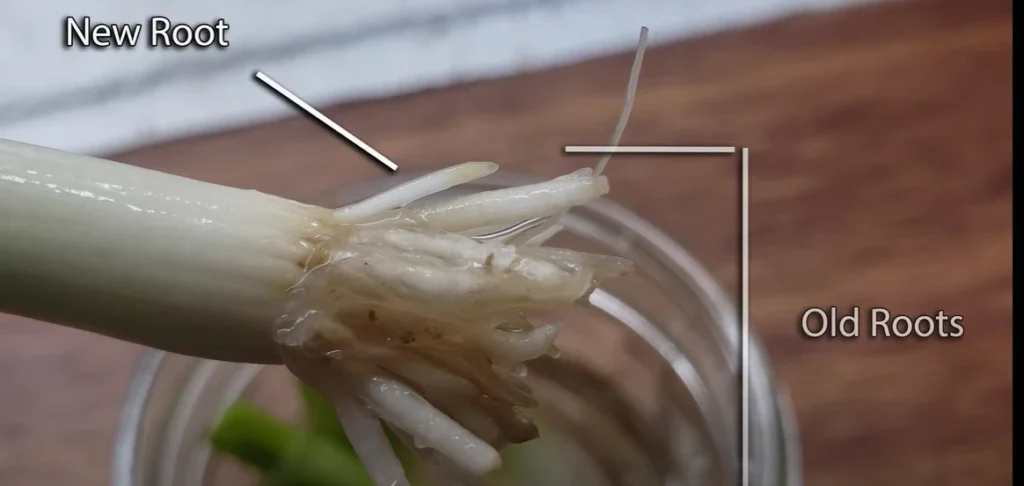
I like to change the water every two days to prevent it from getting smelly.
By the end of the first week, you’ll definitely see new white roots forming. That’s our sign of success. Around this time, the green shoots will also begin to grow fast — about a third to half an inch per day.
Can You Keep Them in Water?
Yes, for a little while. You can harvest them a couple more times just from water. But eventually, two things happen:
- The taste becomes less flavorful.
- The plants lose their vigor.
That’s when they need soil to thrive.
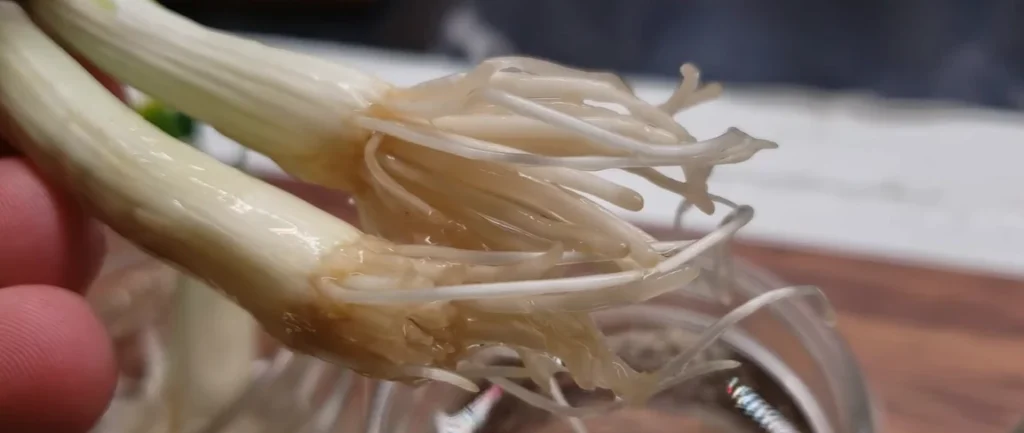
When to Move Them to Soil
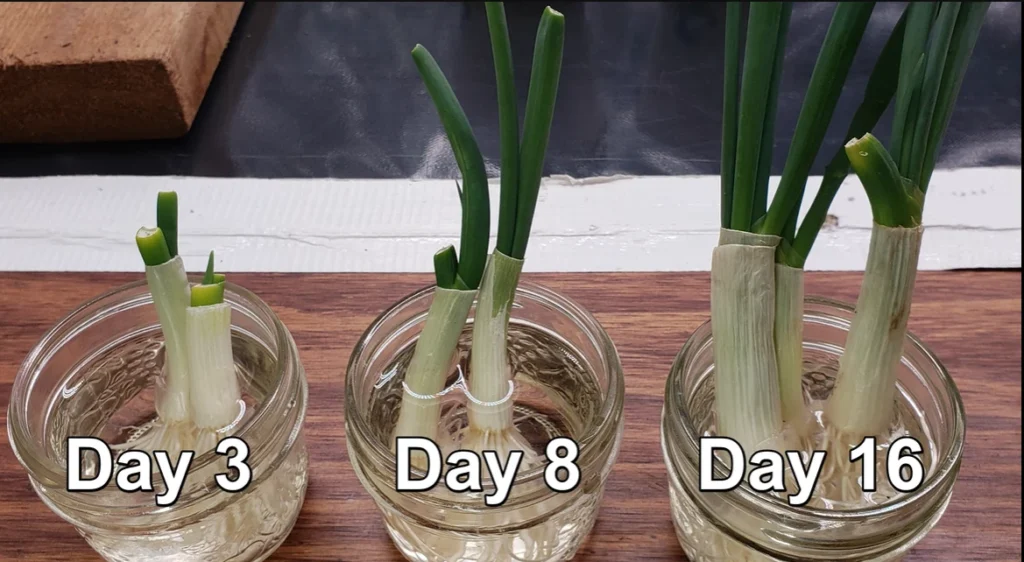
If you want to grow green onions long-term, move them to soil within three weeks. Here’s why:
- Roots that stay in water for too long become soft and weak.
- They struggle to adapt once moved to soil and can easily rot.
- You need the root caps and tips to stay strong enough to anchor in the soil.

So, while green onions can root directly in soil from the start, I don’t usually do that. Why?
- I don’t want to waste soil on a cutting that might not grow.
- The root collar (the area where roots meet stem) is low on the plant and hard to anchor unless there are solid roots.
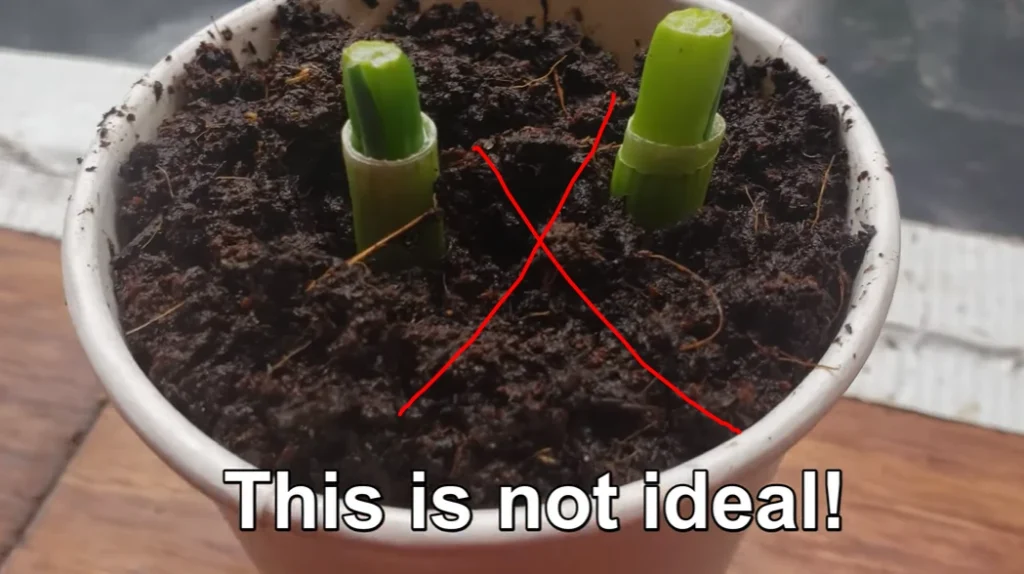
Soil and Pot Requirements
Here’s what I’ve found works best:
Soil:
Use any commercial potting mix that is:
- Light and airy
- High in organic matter
- Moisture-retentive yet well-draining
Pot:
- Any size will do
- Minimum 4 inches in height
- Drainage holes are a must
Planting Process:
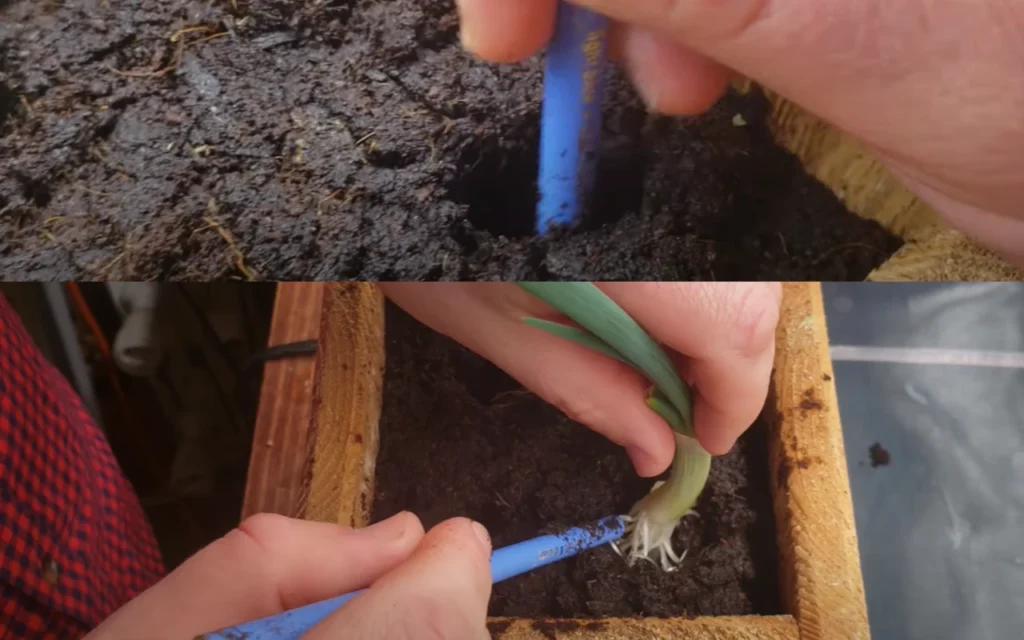
- Fill the pot to the top with soil and pack it down snug.
- Make holes for the shoots. Don’t make them too deep.
- Insert shoots so that the root collar is just at soil level.
- Pack soil around them to hold them upright.

How to Water After Planting
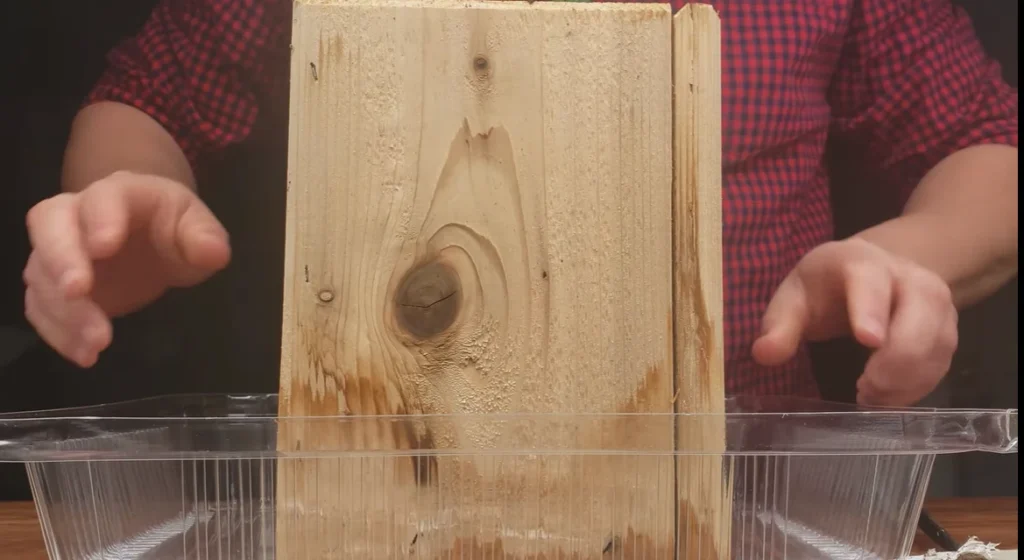
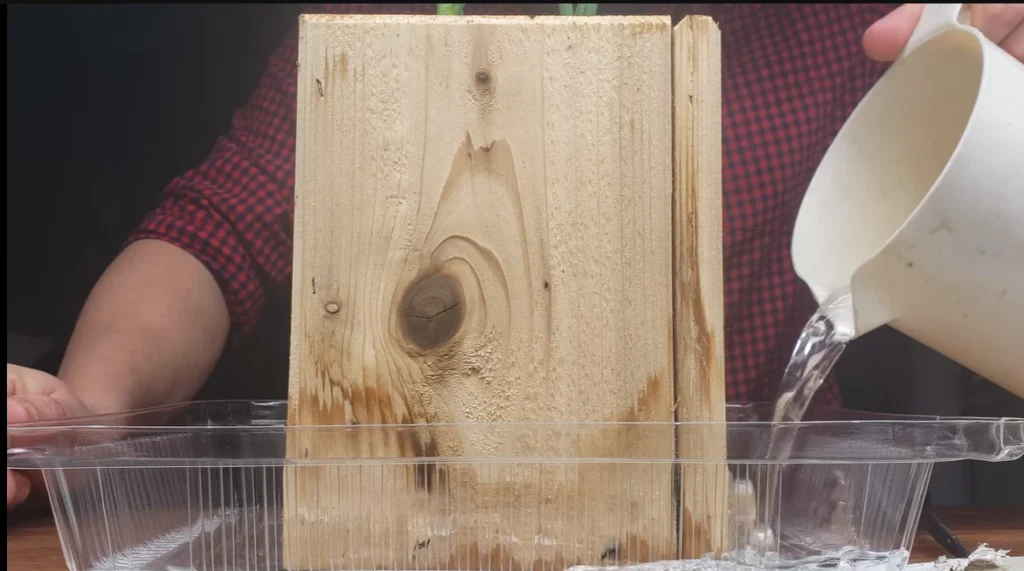
Watering new plantings can be tricky. Here’s my trick:
- Bottom watering is best.
- Just soak the pot in a couple of inches of water overnight.
- The soil will pull in what it needs, no more and no less.
Once established, water like any other plant, about once a week or less, depending on your climate.
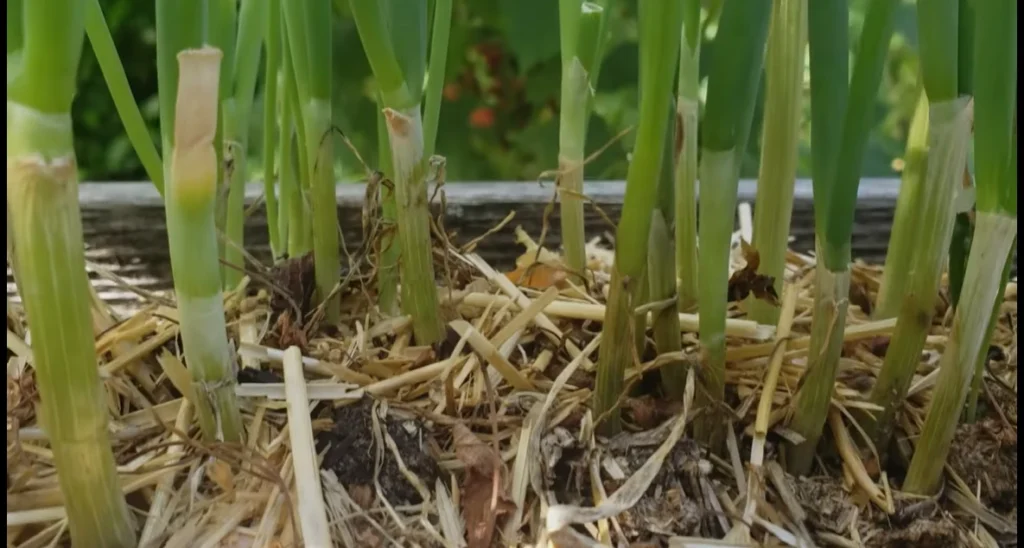
Final Growing Tips
Green onions, like all alliums, need full sun for the best growth. Other than that, they are:
- Low-maintenance
- Resilient in various conditions
- Easy to grow in limited space
Quick Recap
A summary table of everything we covered:
| Step | Details |
|---|---|
| Cutting | Leave at least 1 inch of the root end intact |
| Water Setup | Use half an inch of water, don’t submerge tops |
| Early Growth | Roots in 2–3 days, green shoots grow ½ inch/day |
| Transplant Time | Move to soil within 3 weeks to avoid mushy roots |
| Soil | Light, organic-rich, well-draining potting mix |
| Containers | Any size with at least 4 inches depth and drainage holes |
| Watering | Bottom watering method after transplant, then weekly or less |
| Sunlight | Full sun for best growth |
Why I Love Regrowing Green Onions
Green onions are biennial plants, meaning they grow for two years. But what’s amazing is how they keep growing even after being cut and harvested.
By just using what you already have in your fridge, you can regrow more without much effort. At room temperature, they grow fast. You can cut and re-harvest multiple times. And by transferring them to soil, you’ll have an endless supply of green onions right at home.
You don’t need any special tools, fancy equipment, or even much space. If you’re just starting out in gardening, or want a fun and simple project to do with your kids, this is the perfect choice.
Happy growing!
Related: Green Onions: 10 Healthy Benefits, Types, Nutrition Info & Recipes
Frequently Asked Questions (FAQs)
What are green onions and why are they so popular?
Green onions, also called scallions, are part of the onion family. They have long green leaves and a mild flavor. People love them because they grow fast, taste great raw or cooked, and don’t need much space or care.
Why should I grow my own green onions?
Growing your own saves money and trips to the store. It also gives you fresh herbs anytime you need them. Plus, it’s fun and eco-friendly. You reuse kitchen scraps and reduce waste.
What are some common mistakes to avoid?
- Cutting too much of the white root end
- Submerging the tops in water
- Leaving roots in water too long
- Not giving them enough sunlight
- Planting too deep in soil
Avoiding these will help your green onions grow better and last longer.
What if my green onions aren’t growing well?
If the leaves turn yellow or soft, it could be too much water or not enough light. If no roots are forming, try cutting a bit higher up the stem and refresh the water. Also, make sure they stay upright.
How can I help them grow faster and healthier?
Place them in a bright spot. Change the water every 2 days. Plant them in soil within 2–3 weeks for best results. Use good potting soil and give them full sun once they’re in pots.
How do I store and use harvested green onions?
After cutting, rinse and dry the greens. Store them in an airtight container in the fridge. Use them in soups, stir-fries, eggs, or as a topping on almost any dish.
Can I grow green onions with other plants?
Yes, green onions grow well with many plants. They are great companions for carrots, lettuce, beets, and herbs like parsley. They can help repel pests too.
How should I grow green onions in different seasons?
In warm weather, water more often and provide some shade if it gets too hot. In cooler seasons, reduce watering and protect them from frost. They can survive mild winters if planted in soil.

